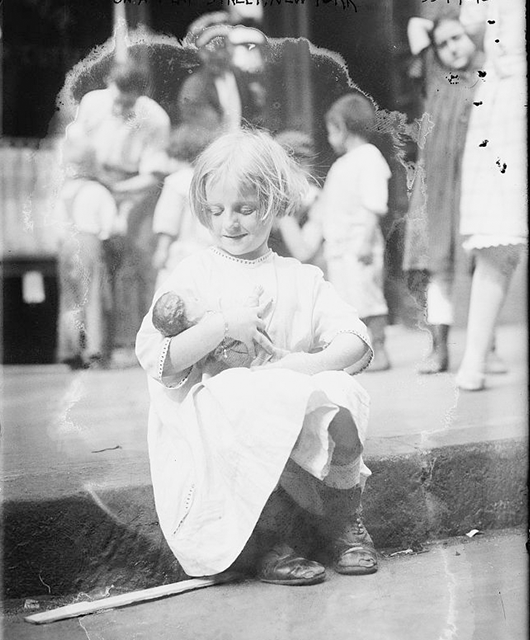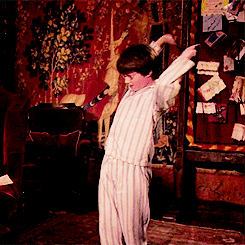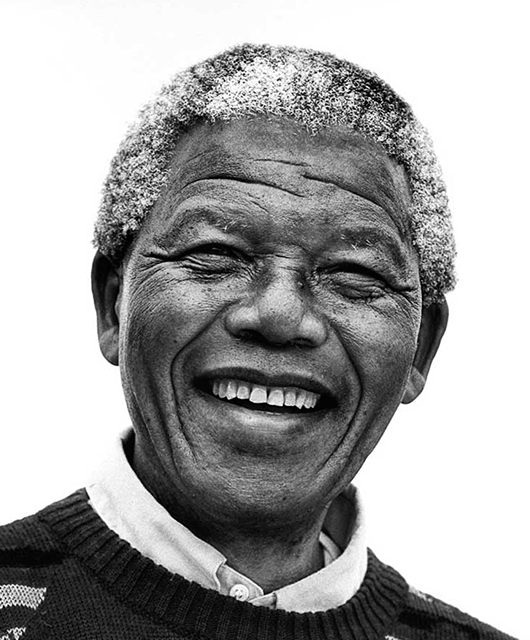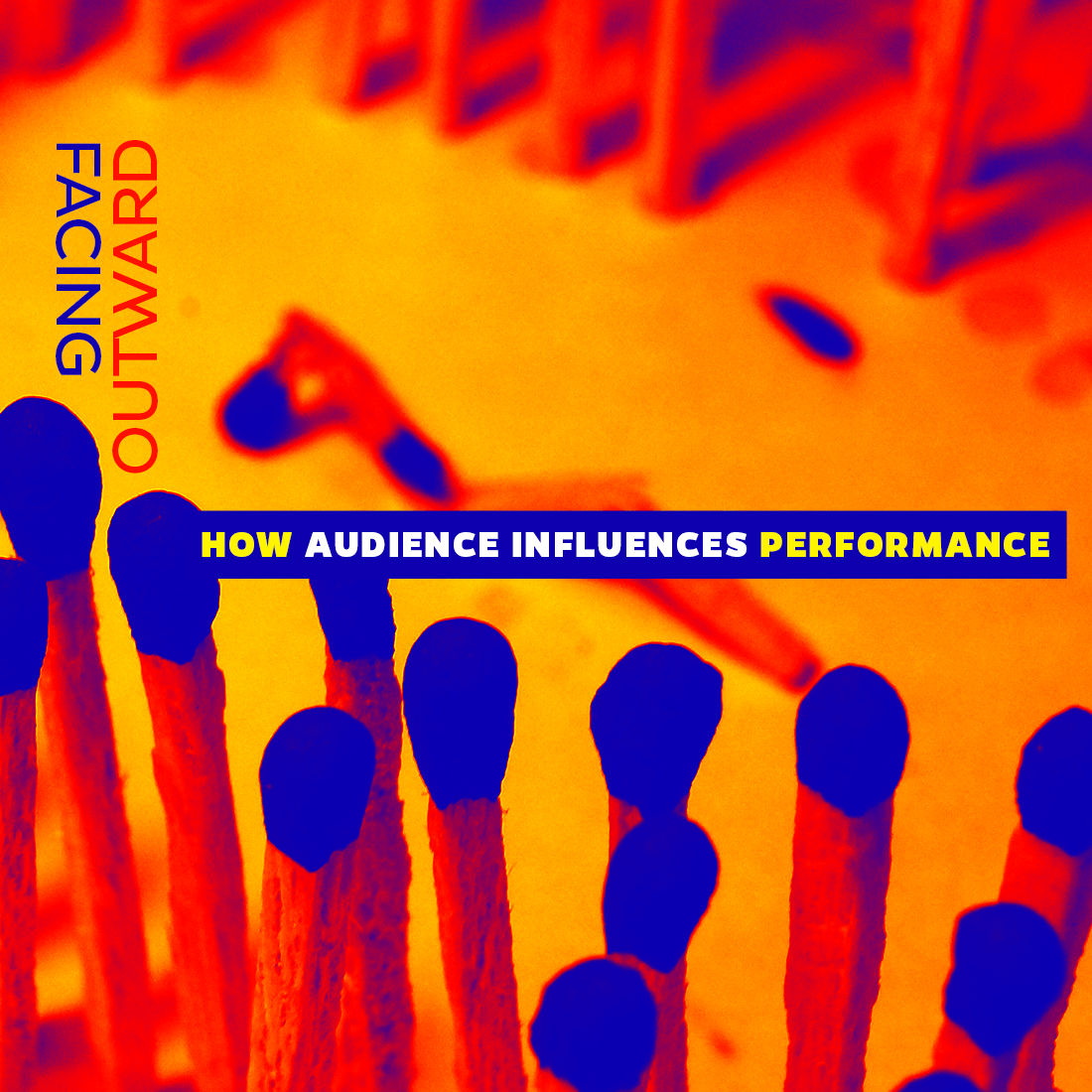GABBY L
EDITOR’S NOTE: ALL NAMES HAVE BEEN CHANGED.
Joe
“The class had 11 bananas. 7 students ate a banana. How many bananas were left?” Ms. Roberts stated for her class. “Who can repeat our problem?”

Joe sat on the carpet, eagerly raising his hand. His eyes lit up, locked on his teacher. One student was called, and then another, each student repeating the problem with only 1-3 errors. Joe, then, was called on as the third and last student.
He began confidently: “There were 11… bananas. Some kids ate them…” Another kid calls out, “7!” Joe continues as other students’ focus fades. Joe stares at the board, and then down at his hands. “7 kids ate a banana. How many bananas are left? Joe, you can go work on this question when we go to tables.” Ms. Roberts repeats the question one last time before dismissing students to do their independent work. As a fellow teacher, I know she is thinking to herself: We need to move on to our table work. Other students are beginning to lose focus. I can help Joe when we get to tables.
Joe moves to his table. He slides materials around, imitating the procedure he has observed from other students. Yet, he doesn’t take the steps to actually work through the problem.
This bright young student — who has enthusiasm and strong peer relationships — does not give off the impression that he is struggling. In fact, he is a student who could easily pass under an educator’s radar. He interacts with his peers positively and with developmentally appropriate skills. He follows classroom rules and procedures without flaw. He is kind and caring. Yet, he still is struggling.
This warm, interactive, and engaged student is why I am passionate about what I do. Why is he struggling? Why can’t he absorb the curriculum like his peers? How can I help him? As an academic interventionist, I aim to help students just like Joe, by donning an invisible cape. Sometimes I even feel like Harry himself.
If all that [a child] remembers from our time together is [their] excitement in reading stories over and over again, I have done my job!
Society’s Character
“The true character of a society is revealed in how it treats children,” Nelson Mandela said in 1997. This sentiment still rings true today. Whichever side(s) of politics you are on, there is a consensus that a strong education is essential for all children and society at large. Primary caregivers are not the only ones who push a child to do their best, they are accompanied by a team of teachers, peers, coaches, and even administrators.
Unfortunately, our society rarely supports educators as they perform this challenging role. Instead, we ask teachers to do more with less. Higher test scores with fewer books. Longer hours with less pay. Teachers come back to work because they believe in Nelson Mandela’s sentiment: children deserve the best so we will work until we can give it to them.
For most teachers, there is no need to be recognized because the accomplishment is all there needs to be. An invisible cape works just fine.
This high demand for results does not take into account students who do not fit into the bucket of a singular teaching style. Over and over in college, graduate school, and intra-school professional development, teachers are told: teach students where they are. Teach in multi-dimensional ways to reach all students. If something is not working, change your teaching so that you are delivering information to students in the way they learn best. Visual learners. Auditory learners. Kinesthetic learners. Sometimes, I don’t even know how I learn best, so deciding how a student learns best is quite difficult. Classroom teachers have the task of teaching 16 to 28 students at their level and however it is they learn best. This is a strenuous and nearly impossible task. But many teachers do this quite well — fluidly noticing the ways in which students interact with materials and manipulating their instruction without missing a beat.
However, there are some students who, despite all that their teachers have tried, need further support. They need more time to think. They need more time with materials. Sometimes, they are learning at a different pace. This is where I come in. Intervention. No, not intervention from bad habits. This taboo word — in a non-school setting — serves an important, yet nerve-wrecking purpose. When parents hear my job title, some shudder at the word. Nonetheless, it is the definition of what I do. Intervene. When students show multiple signs of stress with curriculum, I ask myself the question: Do they need more time or support in their learning? If multiple data points show that the student is having difficulty, then I find a way to further support them.

Natalie
One of my favorite stories thus far as an intervention teacher exemplifies how intervention can catapult a student from one place to another in a short timeframe. A three-year-old preschooler named Natalie was rarely speaking. Even when she played alongside her peers — an act that is within most children’s comfort zone — Natalie was silent and played with her materials individually. In February, this cause for concern became a red flag. Natalie should be at the stage of wanting to interact with her peers by either asking for materials or aiming to play together. Natalie rarely made a bid for the teacher’s attention. She was the child that easily passed under the radar in the classroom, because she behaved well, was sweet, and kept quiet. Students like Natalie have become a front-runner in my mind of students to make note of. Although they tend to fall into the crowd of the classroom, they are often students who struggle the most. Like Joe, Natalie needed help.

Source: Library of Congress/Flickr
In preschool, interventions are performed within the classroom, because a child’s teacher is their primary caregiver during the school day; they are the ones who can flawlessly infuse intervention into their day. Therefore, Natalie’s classroom teacher and I devised a plan. For a few weeks, the teacher would enter where Natalie was playing and simply narrate for her what she was doing. If Natalie was feeding a baby, the teacher might say, “Natalie. You’re feeding the baby. You’re feeding the baby. You’re feeding the baby.” This repetition allowed Natalie to hear what kind of language she could be using while at play. Day after day, Natalie began to talk to her teacher more. At first, she would repeat the phrase, and then she would push her play in an extended scenario with her teacher, and later, Natalie was able to interact with her peers! Her teacher was so pleased, as she told me over and over again. When her mother picked her up at the end of the school day, Natalie walked down the hallways gabbing away. It was beautiful.
The real excitement came when I entered Natalie’s preschool classroom at the beginning of the new school year. She talked freely with her peers. She interacted with them to obtain materials. She discussed ways in which she wanted to play and negotiated scenarios that her peers could move into with their play. She was no longer a child in the background but a student who was confident and thriving.

Natalie’s progress showed me how special and impactful my work was, even when indirect. Although Natalie had no idea what I had helped her achieve, she would wave back to me and say “Goodbye!” at the end of the day. Her mother might smile at me, remembering a phone call she received earlier in the year. Her old teacher may comment to me in the hallways about what she had said earlier. Other than those small tokens of thanks, my days continued on without recognition. For most teachers, there is no need to be recognized because the accomplishment is all there needs to be. An invisible cape works just fine.
Jace
Jace was a student in my preschool class. When I became the intervention teacher, he was one of the students I knew immediately would be on my caseload. Jace was a kind, friendly child who thrived outside of academic instruction but was often absent inside. Towards the end of the school year, we identified that Jace was behind his peers academically. Thus, in the next year, I knew it was my duty to dive deeper to support Jace in a way I had not been able to the year before. In many ways, it was a blessing in disguise. Instead of passing him off to the next grade and teacher, I was able to continue to work with him.
The beginning of the year started the same. Jace was his usual sweet self, but needed academic support. Unlike the years of preschool before, kindergarten is very academically focused. Jace was left behind from the beginning. And that had nothing to do with his teacher’s capabilities. His teacher was incredible. When she could, she would step aside and explain. She nearly always supported Jace first when students began individual work. Nonetheless, Jace began to crumble. As the material became more difficult, Jace resisted. He would fall out of his chair. Chat with his neighbors. Slam his hands on the table. Sometimes, he abruptly left the room. Feeling unsuccessful in academics caused a ripple effect that impacted Jace’s ability to enjoy school.
Although they tend to fall into the crowd of the classroom, they are often students who struggle the most.
Eight weeks into the school year, Jace started on my caseload. We worked on letter names and sounds. We worked on it again and again. Sometimes, Jace would remember what we had learned the day before. Other times, he struggled. As he became more aware of his own difficulties, his behavior spiraled. It broke my heart because I could see his behavior issues stemmed from mere frustration and embarrassment at his lack of knowledge.
Mid-year, we switched Jace’s intervention to a one-on-one reading period. This was a time I came to cherish. Each day for six months, I worked with Jace. At first, his behavior increased — the tasks were difficult. Then, he got used to it. He was motivated by it. He loved coming to spend time just with me in my room reading books.
The goal with Jace was not to push him to grade level quickly — it was to teach him to enjoy reading. The more he enjoyed it, the more confident he would feel to push himself when it became difficult. The smile on his face to and from my room was evident. His smile during individual reading time was clear. He read the books I provided him over and over again with joy and enthusiasm.
My love for Jace grew as I discovered more about him. Although I had known his family from the previous year, I did not know the details of his trying home life. He was in and out of shelters. His mom struggled with her mental health. His older sister was already in Special Education. His older brother had died some years ago. Jace was only now becoming aware of this reality. It is not to say that Jace did not have positivity in his life — he had positive role models and adults who gave him love. That was our job as educators. And when I heard so much more information about Jace’s background, I immediately saw his cries for love. My goal was to meet those cries with warmth and courage in reading.
At the end of the school year, our school team found Jace eligible for an Individualized Education Program. He would finally get the support that he needed in school, all the time! Later, we found out that Jace was moving to another school closer to home the following year. Although this news made me quite sad to not be able to see Jace make growth, I felt reassured that at least we had made clear for any school Jace attended that he needed more support from multiple individuals. He would still get what he needed to be successful.

Some days after I had stopped seeing Jace for our reading time, he saw me in the hallways as he walked to class, late for school. He came up to me with bright eyes and a soft voice to say, “Why don’t you come to get me anymore?” I smiled back down on him. “I know, I miss you too. You now have a new teacher who sees you. You know her well, already!” With a somewhat saddened but accepting look, Jace said “Okay,” and continued down the hallway.
That invisible cape comes back to mind when I think of this moment. No, Jace did not understand why he would be seeing the Special Education teacher instead of myself. Yet, in asking me about the change, he acknowledged to me the impact that I had on him: we had formed a strong bond that he hopefully takes with him forever. If all that he remembers from our time together is his excitement in reading stories over and over again, I have done my job!

Harry and the Invisibility Cloak | Source: Giphy
I Don’t Need A Cape
There is no doubt that being recognized feels good. Having co-workers compliment you on how you handled a situation; administration shouting you out for growth in a student; a parent giving you a package for Teacher Appreciate Day. All of that feels good. However, there is something unique when a child thanks you, whether with language or, more subtly, by displaying a skill you taught them. That is why teachers work so hard. We stay up late planning, we drink tons of coffee to keep us stimulated, and we are “on” all day long so that we see in our students their fullest potential. What Nelson Mandela called “the true character of a society” is revealed here, in how teachers treat their students — especially those who are struggling.






